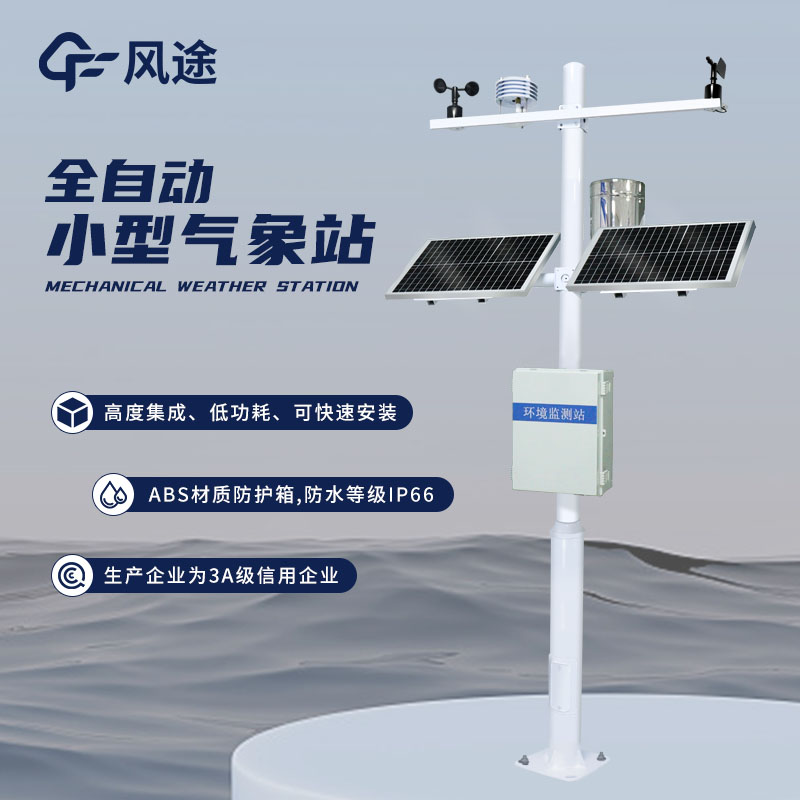Multifunctional weather stations are indispensable tools in modern meteorological monitoring. Through precise monitoring, flexible deployment, and intelligent services, they provide efficient and reliable meteorological support for various fields such as agriculture, transportation, and scientific research.
The core advantages of multifunctional weather stations lie in their technical features and adaptability to multiple scenarios. Equipped with various high-precision sensors, they can monitor meteorological elements such as temperature, humidity, wind speed, wind direction, air pressure, and precipitation in real-time with high accuracy, ensuring the reliability and precision of the data. Compared to traditional weather stations, they offer technological advancements. For example, the use of ultrasonic technology for measuring wind speed and direction effectively avoids the wear and tear issues associated with long-term use of traditional mechanical sensors, further enhancing the stability and accuracy of long-term monitoring.
Modern multifunctional weather stations are designed with a focus on lightweight and modular construction, making their installation and deployment extremely convenient. For instance, the use of compact integrated sensors and carbon steel supports not only reduces the weight of the equipment but also eliminates the need for complex installation procedures. Some pocket-sized models even achieve "plug-and-play" functionality, allowing for rapid deployment in complex terrains such as mountains and islands, perfectly meeting emergency monitoring needs. In terms of energy supply and data transmission, multifunctional weather stations often support solar power and wireless transmission (such as Bluetooth and Wi-Fi), significantly reducing reliance on fixed power sources and further expanding their applicable scenarios.
Leveraging IoT technology, multifunctional weather stations can transmit the collected data in real-time to the cloud or user terminals (such as smartphones and computers). Additionally, the built-in algorithms can analyze and process the data, generating intuitive visual charts and warning information, providing users with intelligent meteorological services. The real-time nature and visualization of this data enable users to access and understand meteorological information more conveniently, thereby better applying it to their actual work and daily lives.

Article address:https://www.sqqx.net/en/news/591.html

 +86 15898932201
+86 15898932201



